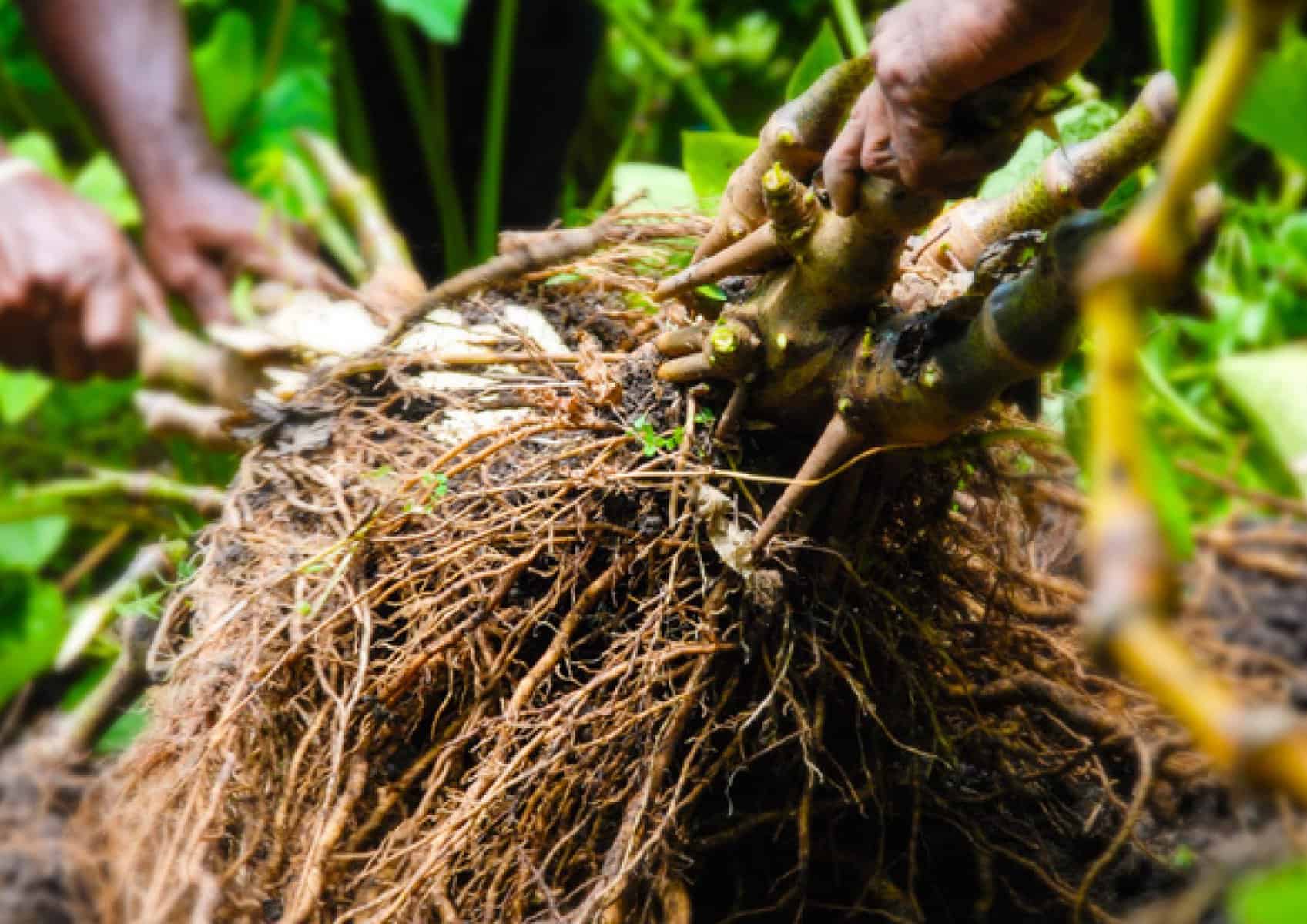Pacific Island nations are considering implementing Geographical Indication (GI) protections for kava to safeguard its reputation and uniqueness.
This move aims to capitalise on the growing global demand for kava and ensure that the economic benefits from its commercialisation remain within the region.
However, there are concerns over the slow pace of this process, with the news that American kava growers have moved ahead with a new variety.
The American Kava Growers’ Group, a collective of American businessmen working with contract growers, has trademarked a new American kava cultivar under the name “Kalikava . . .
Please Subscribe to view full content...
